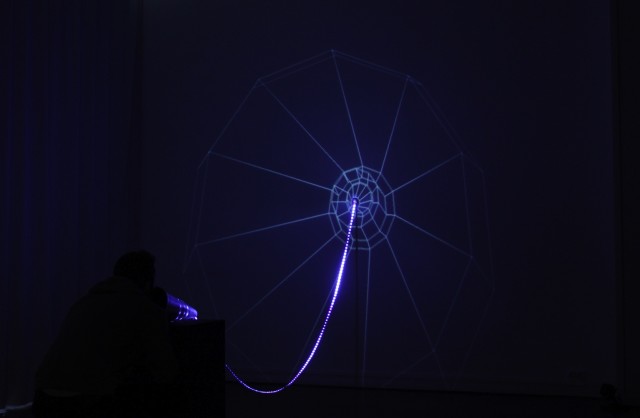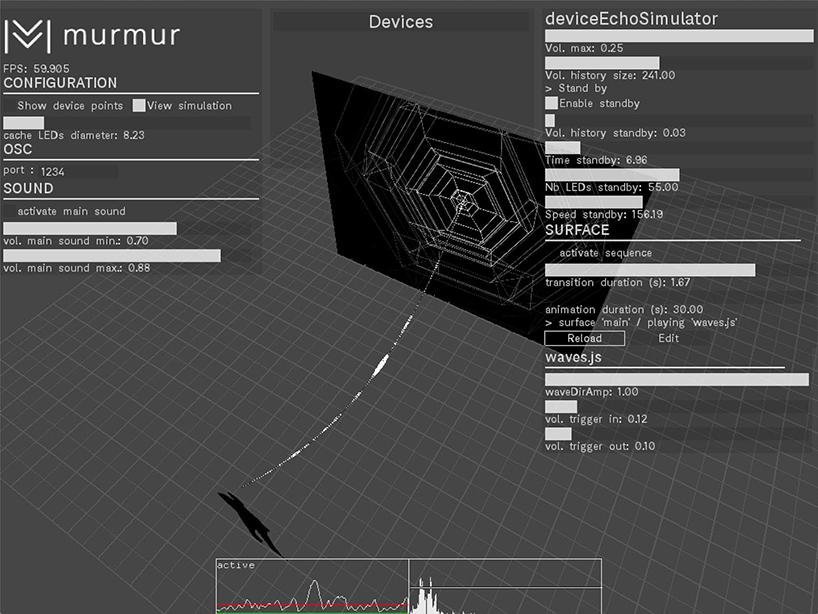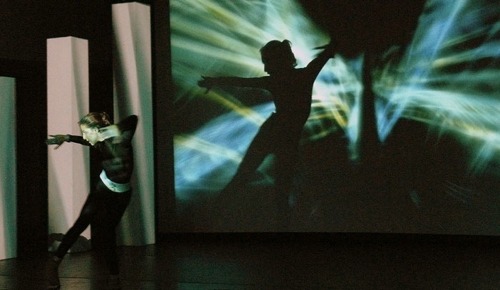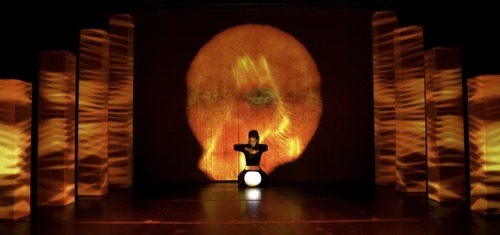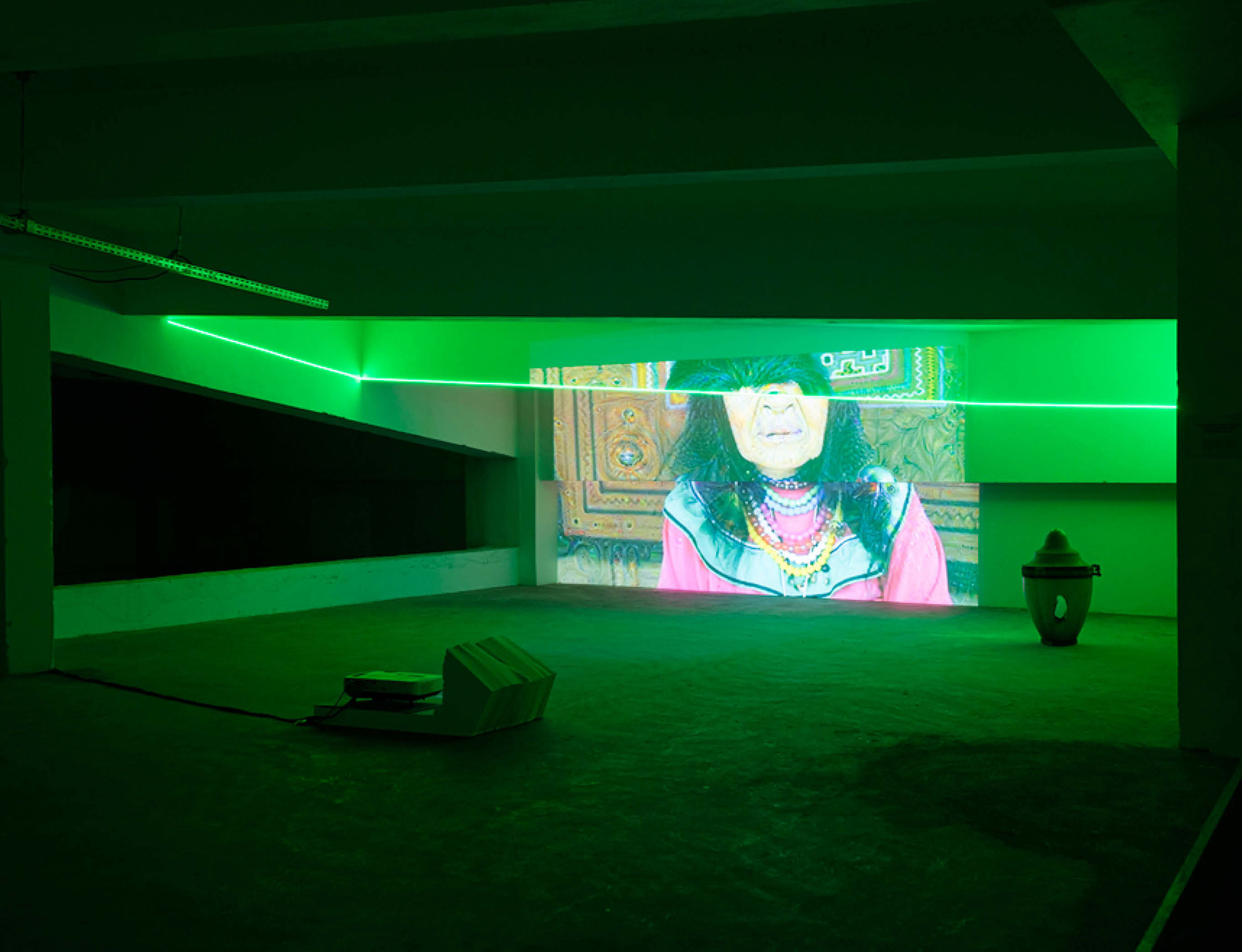CAN YOU HEAR YOUR IMAGE?
By Qian Yin, Rui Meng and Joey.
1st Part: Concept
For this interactive installation, we aim to target people’s attention towards what they are wearing. This is because it has been officially proven that many Singaporeans are not mindful about their dress codes whenever they go, leading to improper dressing a lot of times. It is to be noted that we are not stereotyping anyone, nor are we discriminating against people who are wearing a certain type of attire. This project only aims to remind people to pay attention to how they look to other people, and what image they give off to them. Furthermore, we narrowed down our analysis towards very generic physical appearances such as spectacles, hairstyles and types of shoes.
The point of this project is to remind people about what they are wearing, and for them to reflect about how they want to portray themselves to others. Ways of dressing and outfitting is important because when done deliberately, it can potentially spell out our personalities and individuality. This is because what we wear essentially reflects our own styles most of the time. While it should be noted that this may not be an accurate description of oneself nor stereotyping, this analysis of one’s portrayal is simply an impression others may have on the targeted audience.
While seemingly superficial, it cannot be denied that in many parts of society, people are concerned about appearances, be it at work, school or socializing. A reminder is that this project does not aim to make anyone feel good or bad. Rather, it is simply to act as a catalyst for people to be attentive to what they are wearing.
2nd Part: Equipment and Setup
We will be needing an array of equipment. The following equipments are;
- 2 Speakers
- 4 Cameras
- 1 Motion Sensor
- 1 Music Player
- 1 Screen
- 4 Projectors
The speakers will be situated at the top of the entrance, beside either sides of the door.
The cameras will be situated at the following areas:
- One facing outside school at the entrance
- One facing inside school at the entrance (Back to back with 1)
- Two cameras facing towards the entrance, one on each side.
The motion sensor will be situated at the side of the door.
A music player will be attached and linked to the cameras.
A screen will be hung in front of the stairway on the 1st floor, while the 4 projectors can either be hung up on the wall, or on the ceiling.
First, the targeted audience will walk into ADM via the main Glass door entrance. The movement will trigger the motion sensor, which will send signals to the cameras. The cameras will subsequently capture the audience in 4 perspectives, ideally emulating a 360 degrees view. The targeted audience’s frontal, back, and side view will be captured by the 4 cameras respectively. Upon capturing the target’s appearances, it will then trigger off the music player, which will select the appropriate track matching the person’s attire. The speakers will then blare the music selected, while the person walking in will be able to see himself or herself captured on the screen, and on the floor. The screen will be displaying his or her frontal view, while the floor will be depicting a large projection (emulated by 3 projectors) displaying the person’s left profile, backview and right profile from left to right respectively. This gives the impression of both a grand entrance and 360 degree mirror. The attention the person receives from the giant projections and loud music will make him or herself more self conscious, eventually taking closer look at their own appearances.
3rd Part: Identifying types and accompanying soundtracks
We decided not to complicate things too much. Hence, we started out with 8 different types of outfit, and did research about what kind of personalities they would usually emulate. Then, we paired a mini soundtrack to each appearance to match the atmosphere the people give when they stalk in. It is to note that this is merely an example, and that it may not entirely agree with your taste buds. After all, we do not have professional surveys and research undertaken. Should this project be pulled on to a larger scale, more variety of appearances and music should be researched.
First, we have someone with glasses with covered shoes and long hair. The impression given is usually someone who is clever, smart and disciplined. The soundtrack we have selected is Star Wars’ Imperial March.
Next, we have someone with Glasses with covered shoes and short hair. This person usually emulates qualities of being quiet and reserved. The soundtrack we have selected is Harry Potter’s Theme Song.
For someone with no glasses, covered shoes and long hair, we associate qualities of being outgoing, jubilant and cocky with them. The music we paired with these qualities is Ouverture by Carmen.
Someone who has no glasses, covered shoes and short hair is usually adventurous and humorous. Hence, we used the Pirates of the Carribean theme song to portray this.
We identify someone with glasses with non-covered shoes and long hair with being not very sociable yet easy-going at the same time. They are also usually gentle and soft. We decided to go with Studio Ghibli’s Kiki’s Delivery Service’s song; If I’ve Been Enveloped by Tenderness.
Someone who has no glasses with non-covered shoes and long hair are usually more sociable and easy-going. We paired the Tom and Jerry Theme Song with these qualities.
On the other hand, someone with glasses with non-covered shoes and short hair are identified as being determined and firm. We paired the German Song, Guren no Yumiya with it.
Finally, someone who has no glasses, non-covered shoes and short hair is usually sporty and loud. We paired this up with the song Jump Up, Super Start! By Super Mario.
To conclude, paying attention to what we wear is usually something that has been taken for granted a lot of times. Little do people realize how much self-image and appearances matter to our society, especially these days. Hence, we want to bring attention to how impressions are important in socializing with others.
Note Improvements that could be made:
- Use actual mirrors instead- more personal touch.
- Let people select their own music and play it, while the one the camera identifies also play its own music. Compare differences.







